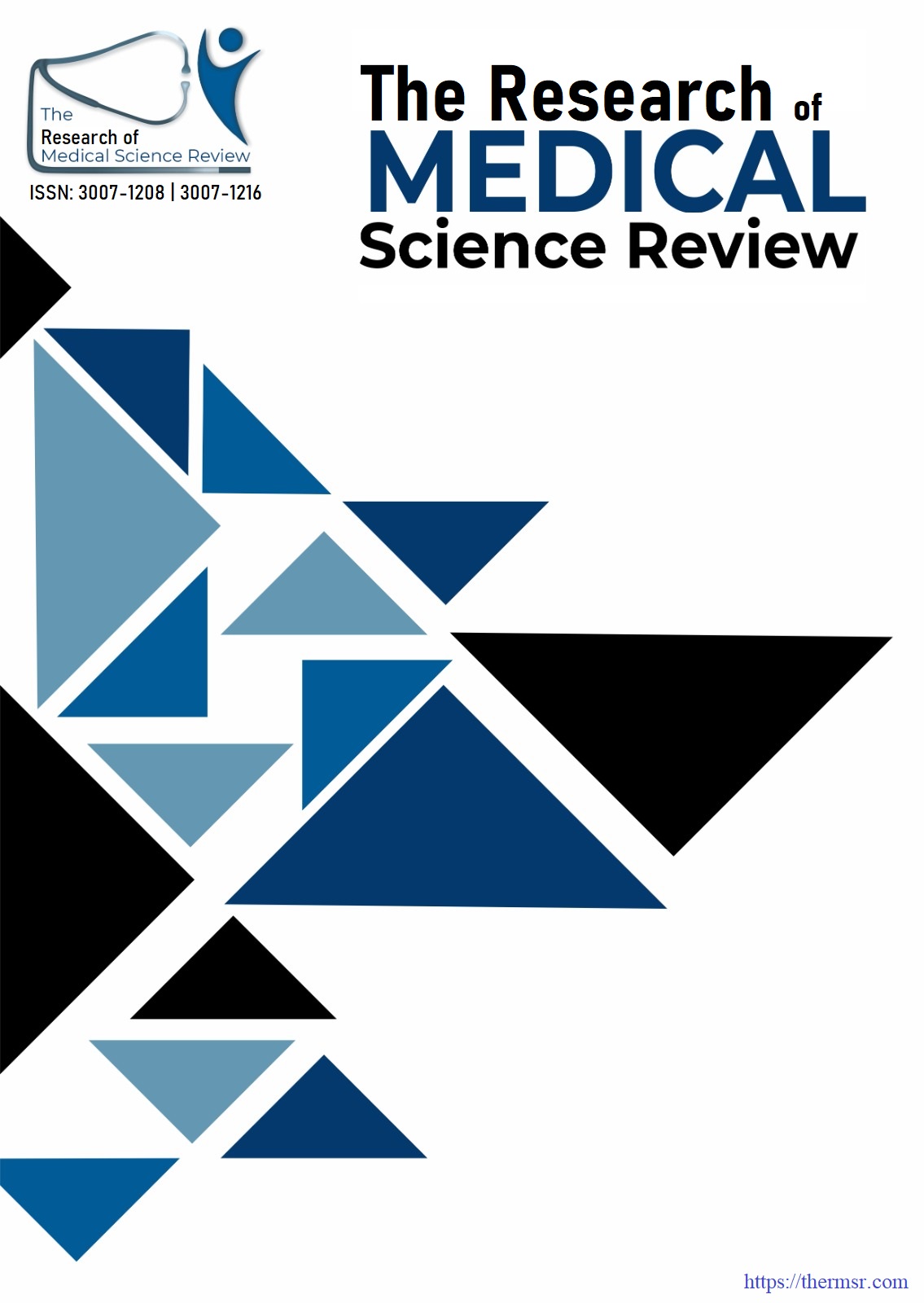COMPARATIVE EFFICACY OF COMPUTED TOMOGRAPHY AND ULTRASOUND IN ASSESSING PATIENTS WITH HEPATOCELLULAR CARCINOMA WHO UNDERWENT MICROWAVE ABLATION
Keywords:
HCC, MWA, CT, Ultrasound, post-ablation complicationAbstract
Background
A primary liver malignancy of vascular origin that develops in the setting of chronic liver disease or cirrhosis is termed hepatocellular carcinoma (HCC). Microwave ablation (MWA) which is a minimally invasive thermal-based treatment, now commonly used to treat localized HCC, but the evaluation of local response following MWA remains difficult. The study is to assess the implications of ultrasound (US) and computed tomography (CT), along with their combined application, on post-MWA outcomes in patients with hepatocellular carcinoma (HCC). By combining CT and US, their respective shortcomings might be addressed and a more thorough and precise post-MWA clinical evaluation could be obtained providing a more comprehensive and accurate post-MWA clinical assessment.
Objective
The study aims to analyze the impact and effectiveness of Ultrasound (US) and Computed Tomography (CT) imaging in assessing post-MWA outcomes in individuals with HCC.
Methodology
This research involved 101 HCC patients who underwent both CT and Ultrasound imaging after receiving MWA. This was a multicentered study carried out in duration of 4 months. The parameters documented and evaluated included lesion size, enhancement patterns, vascular invasion, and post-ablation complications.
Results
This study includes reports of 101 individuals with Hepatocellular carcinoma who had Microwave ablation therapy. The patients were presented with history of abdominal distension (46.53%), abdominal pain (77.73%), jaundice (37.62%), history of hepatitis (11.88%), alcohol consumption (1.98%), and liver cirrhosis (25.74%). Post procedural complications were assessed through ultrasound and computed tomography which include infection/abscess (55.45% on CT, 58.42% on US, 74.26% on both) , hemorrhage (69.31% on CT, 57.42% on US, 75.24% on both), bile duct injury (65.34% on CT, 73.27% on US, 82.18% on both), air embolism (76.23% on CT, 77.22% on US,81.18% on both), ascites/peritoneal fluid collection (72.27% on CT, 83.17% on US, 84.16% on both), post-ablation zone complications (74.25% on CT, 71.28% on US,80% on both), pneumothorax (73.26% on CT,68.31% on US,78.21% on both), perforation of other organs (65.34% on CT, 61.38% on US, 75.24% on both), thrombosis (73.26% on CT, 75.28% on US, 82.19% on both) and other anomalies (75.24% on CT, 81.18% on US, 85.15% on both). The study shows improvement in clinical assessment and patient outcomes when both CT and ultrasound are used for post-MWA evaluation.
Conclusions
The study concluded that although CT and ultrasound have individual strengths, CT with greater sensitivity and better lesion characteristics, and ultrasound is more cost-effective and simpler. The study demonstrates that employing both CT and Ultrasound for post-MWA evaluation improves clinical assessment and patient outcomes. Combining these modalities balances the strengths and limitations of each technique, optimizing diagnostic accuracy.
Downloads
Downloads
Published
Issue
Section
License

This work is licensed under a Creative Commons Attribution-NonCommercial-NoDerivatives 4.0 International License.















